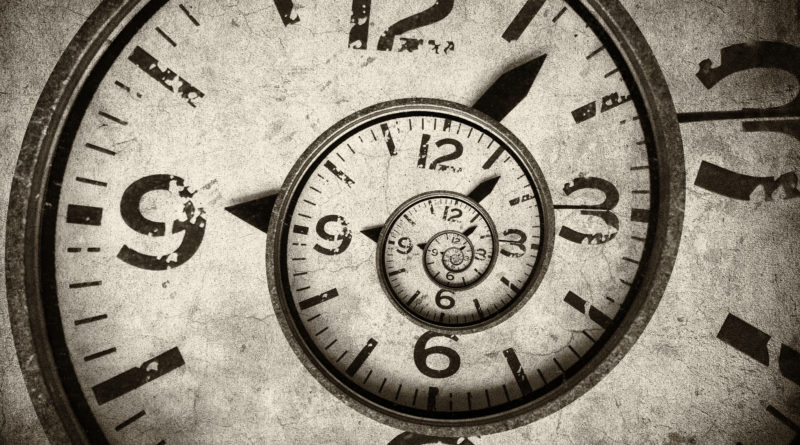How Daylight Saving Time Started — And Why Some Want It To End
1,195 total views, 1 views today
You know what they say: spring forward, fall back. Tonight, 2 A.M. will become 3 A.M. in the blink of an eye when most of the U.S. moves its clocks forward by one hour for of Daylight Saving Time. As with many traditions, though, Daylight Saving Time hasn’t always been in effect — and some people want it to stop.
The origins of Daylight Saving Time can be traced back to Europe during World War I. On April 30, 1916, for the first time ever, two countries — Germany and Austria — moved their clocks forward one hour forward at 11 P.M. Their motivation for doing so lied in efforts to conserve fuel and better power their countries. Several European countries, one Australian state, and two Canadian provinces almost immediately joined Germany and Austria; in 1917, all of Australia pushed its clocks forward, as did the Canadian province of Newfoundland.
In 1918, Americans began formally observing Daylight Saving Time, but it didn’t last long. In 1919, after just two national occurrences of Daylight Saving Time, it was temporarily shelved. However, a small number of states and cities in the country, including Rhode Island and Chicago, kept the tradition going. Daylight Saving Time thus became a sporadic phenomenon until President Franklin D. Roosevelt instituted an extended version of it spanning February through September of 1945 as World War II was reaching its final months.
After World War II, Daylight Saving Time disappeared for nearly three decades. In 1974, under the rule of President Richard Nixon, it finally became the national function we know it as today (although President George W. Bush shortened it by one month in 2005). For four and a half decades now, the tradition has been upheld, but certainly not without opposition.
Arguments against Daylight Saving Time have addressed flaws in the tradition’s very origins. In 1916, when European countries first adopted the clock change to preserve fuel, they were convinced that one more sunlit hour per day would require less energy to power lightbulbs. In the 21st century, many studies have shown that this effect is limited or even non-existent. In 2000, when Australia temporarily made Daylight Saving Time two months longer, there was no lessening in the demand for electricity. Six years later, when Indiana began using Daylight Saving Time for the first time ever, studies showed that electricity use actually increased — longer days means more using heat or air conditioning, processes that use far more electricity than lighting a room does.
If arguments about energy use feel too abstract to you, consider the hour of sleep you lose to Daylight Saving Time when you first turn the clock forward. You might feel more tired than usual when your alarm clock first goes off in the morning, and that’s actually a big deal: Our economy loses hundreds of millions of dollars per year to a temporarily more tired workforce.
Not everyone lives under Daylight Saving Time. Arizona, Hawaii, and U.S. territories such as Guam, the U.S. Virgin Islands, and Puerto Rico don’t observe it. If these regions can survive without it, perhaps so can the rest of the country — after all, the world is much different now than it was a full century ago.

